According to Decision No. 1657/QD-BVHTTDL dated June 3, 2025 of the Ministry of Culture, Sports and Tourism, the brocade weaving profession of the Thai people in Nghe An has just been included in the list of National Intangible Cultural Heritage, under the category of "Traditional Crafts".
This is the third cultural heritage of the Thai people in Nghe An province in this list, along with the Nine-Chamber Temple Festival (recognized in 2016) and the Xang Khan Ritual (recognized in 2017).
According to Ms. Dao Thuy Lien - Deputy Head of the Department of Promoting the Value of Monuments, Nghe An Monuments Management Board, the traditional craft of brocade weaving of the Thai people was formed along with the birth and development of the Thai ethnic community in general. For the Thai community in Nghe An, the brocade weaving craft was formed and developed along with the process of migration and settlement of the Thai people in this land.
Up to now, no research has confirmed the specific time of birth of the traditional brocade weaving profession of the Thai people in Nghe An, but through the epics, legends, and stories of the Thai people, there are many images of Thai girls weaving for their lovers, husbands, and as dowries for their husbands' families... In particular, in the legend of the Nine-Garden Temple, Que Phong District, Nghe An Province, there is a mention of the character Nang Xi Da, the daughter of Then Pha (King of Heaven), who was sent by her father to the land village to govern all nine villages in ancient Quy Chau. Nang Xi Da was the one who instructed the girls in the villages on how to grow cotton, raise silkworms, spin, weave, embroider, and she is considered the founder of the brocade weaving profession of the Thai people in Nghe An.
 |
Spinning - a step in the process of weaving handmade brocade. Photo: Nghe An Monuments Management Board |
The brocade weaving profession was born as a matter of course to meet the needs of clothing and utensils serving the lives of the Thai ethnic people. According to a survey on brocade weaving in Nghe An, currently only the Thai ethnic group still practices brocade weaving, other ethnic minorities often exchange and trade brocade with the Thai people. Therefore, brocade of the Thai people soon became a product of exchange and trade between members of the same ethnic group as well as with surrounding ethnic minority communities.
With special weaving techniques and processes, along with creativity and artistic spirit, the Thai people have developed brocade weaving into a unique art form and become an important part of national culture.
Currently, there are 11 districts in Nghe An province where Thai ethnic minorities live, all of which are practicing brocade weaving with many cooperatives. In some districts such as Con Cuong and Que Phong, all communes in the area have been practicing this craft.
Statistics from the Department of Industry and Trade of Nghe An province show that: in Nghe An province, there are 15 brocade weaving villages recognized by the Provincial People's Committee from 2010 to present, such as Ban Na village, Xop Thap village in Huu Lap commune, Nong De village in Nam Can commune (Ky Son)...
The recognition of brocade weaving as a national intangible cultural heritage is a recognition, encouragement and motivation for the Thai people, especially women, in passing on knowledge and experience of traditional crafts; at the same time, it opens up more opportunities to develop community tourism , create livelihoods and enhance the status of indigenous culture in the context of integration.
Nghe An currently has 10 heritages included in the list of National Intangible Cultural Heritages, including: Con Temple Festival, Qua Temple Festival, Chin Gian Temple Festival, Bach Ma Temple Festival, Thanh Liet Temple Festival, Ong Hoang Muoi Temple Festival, Xang Khan Ritual of the Thai ethnic group in Western Nghe An; Yen Luong Temple Festival; Nguyen Canh Hoan Temple Festival and the brocade weaving craft of the Thai people.
Source: https://baophapluat.vn/nghe-det-tho-cam-cua-nguoi-thai-o-nghe-an-la-di-san-van-hoa-quoc-gia-post551687.html













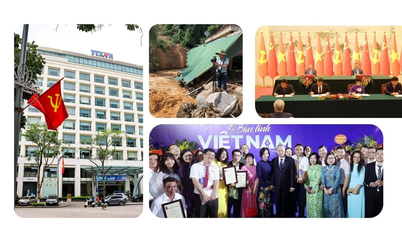












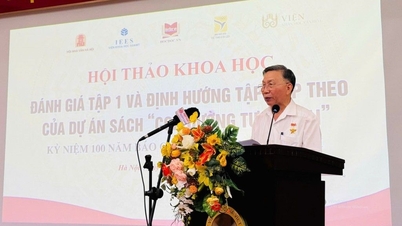



















































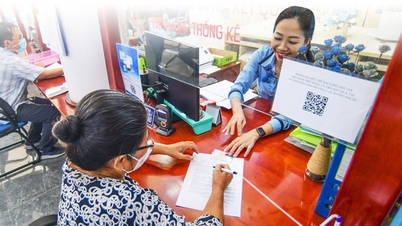
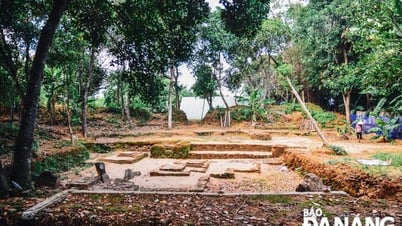



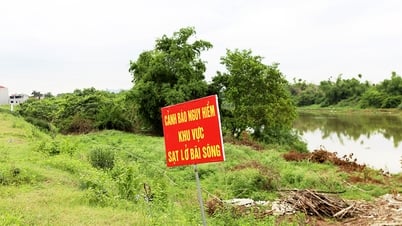












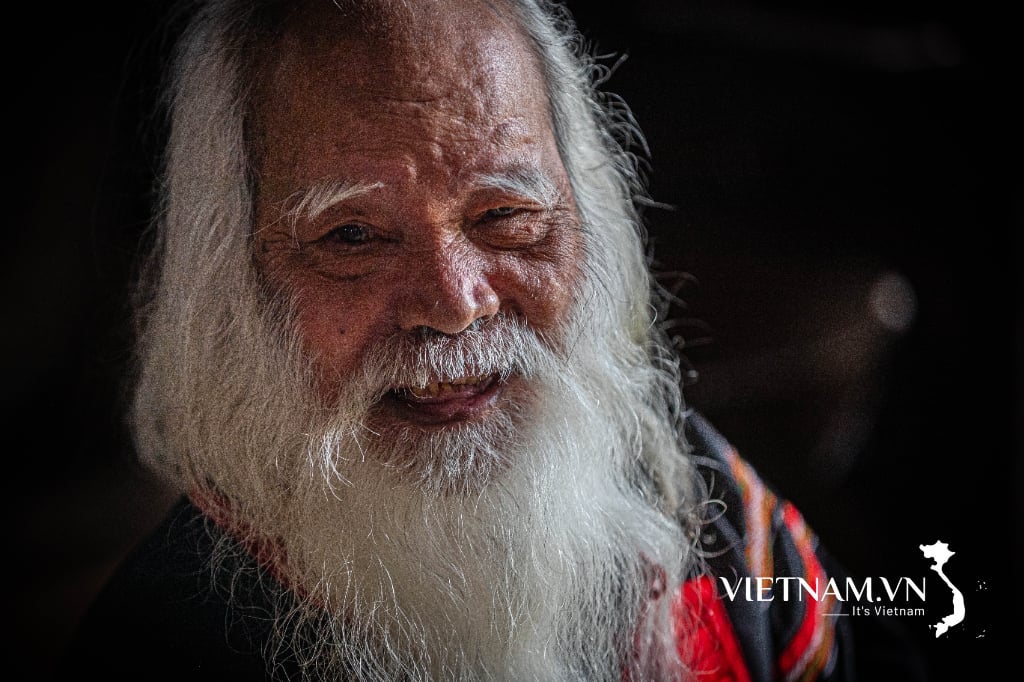



Comment (0)